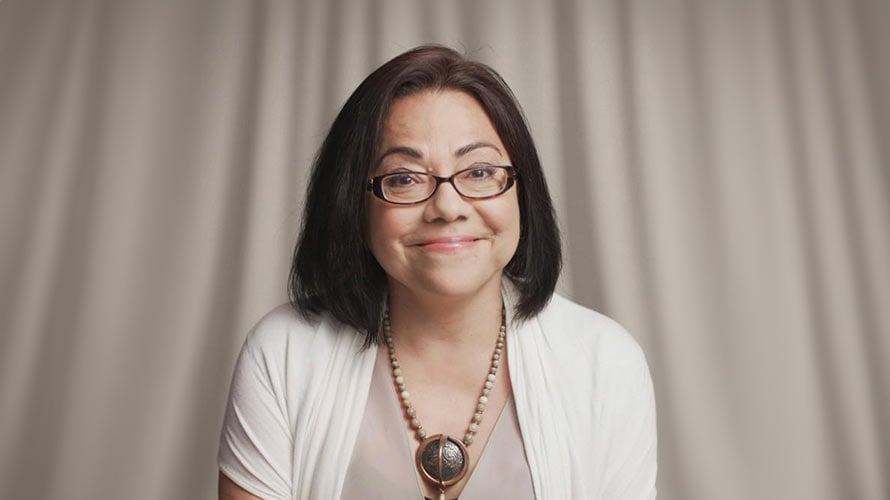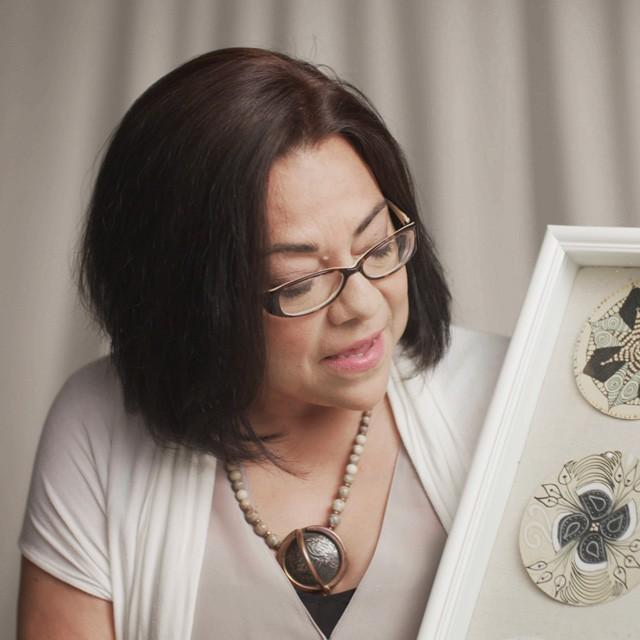Miriam's Story

Meet Miriam
Triple Negative Breast Cancer and Chondrosarcoma Survivor
"We do more than survive. We live in every moment to be a champion of life."
Even more than a cancer survivor, Miriam considers herself a “champion of life” with a lifelong courageous foundation.
The way she sees it there is life before cancer, life during cancer and life over cancer. But the most important thing to remember is that wherever you are on your journey, you must live in the moment.
“Every moment - especially the small moments - are actually the big moments now,” she says.
Triple negative breast cancer diagnosis and family history
Miriam was 41 when she was diagnosed with triple negative breast cancer, which was a surprise, but not a complete shock given her family history. She lost her mom to the disease when she was only 26 and was the fifth and youngest member on her mother’s side to be diagnosed.
Three years after chemotherapy, a double mastectomy and multiple surgeries, Miriam says she had “dipped my toes back into life again” when she was diagnosed with a rare primary bone cancer called chondrosarcoma.
“The first one got me prepared for the marathon. The second one got me on a road for a lifetime marathon,” says Miriam.
The bone cancer treatment entailed amputation and the rebuilding of her pelvis, hip ball and femur.
Following the surgery, she couldn’t move for six months. It took two years of rehab to learn how to sit up, then take one step…then 30…then 50.
To manage her chronic pain, PTSD and insomnia, Miriam found herself visiting the Arts and Medicine Program at Moffitt. After talking to a resident artist about her reoccurring symptoms, Miriam was shown a relaxing, meditative art method called Zentangle.
Miriam, who always considered herself creative but not particularly artistic, gave it a try. Six months later, she had completed 300 pieces.
Miriam discovered immersing herself in art was a freeing and emotional experience, away from the side effects and challenges related to cancer treatment.
“With expressive arts, the healing arts, the meditative arts, it's always about the journey, it's not about the end product,” she says.
With encouragement from the Arts and Medicine Program, Miriam became certified to teach the Zentangle art method. She now volunteers in the community and has even shown her artwork at galleries and the Amalie Arena.
She continues to move forward.
Courageously.
One moment at a time.

